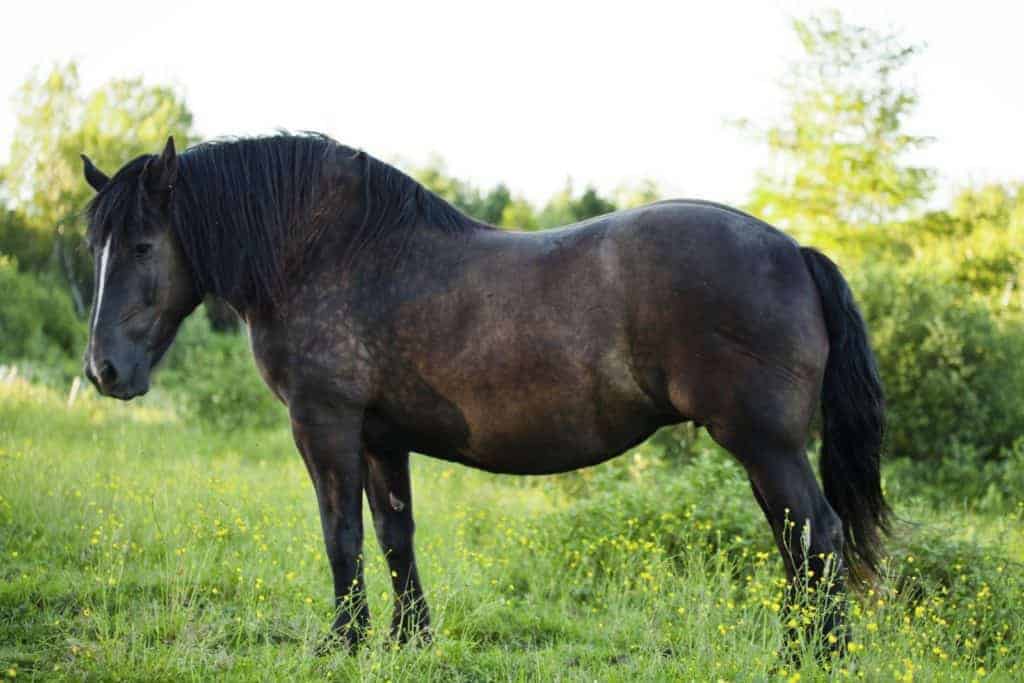
Camera in a Capsule: A New Way to View Horses’ GI Tracts
While physicians have used capsule endoscopy in humans for more than a decade, it’s only recently become commercially available on the veterinary market for dogs and shows promise for use in horses.






























